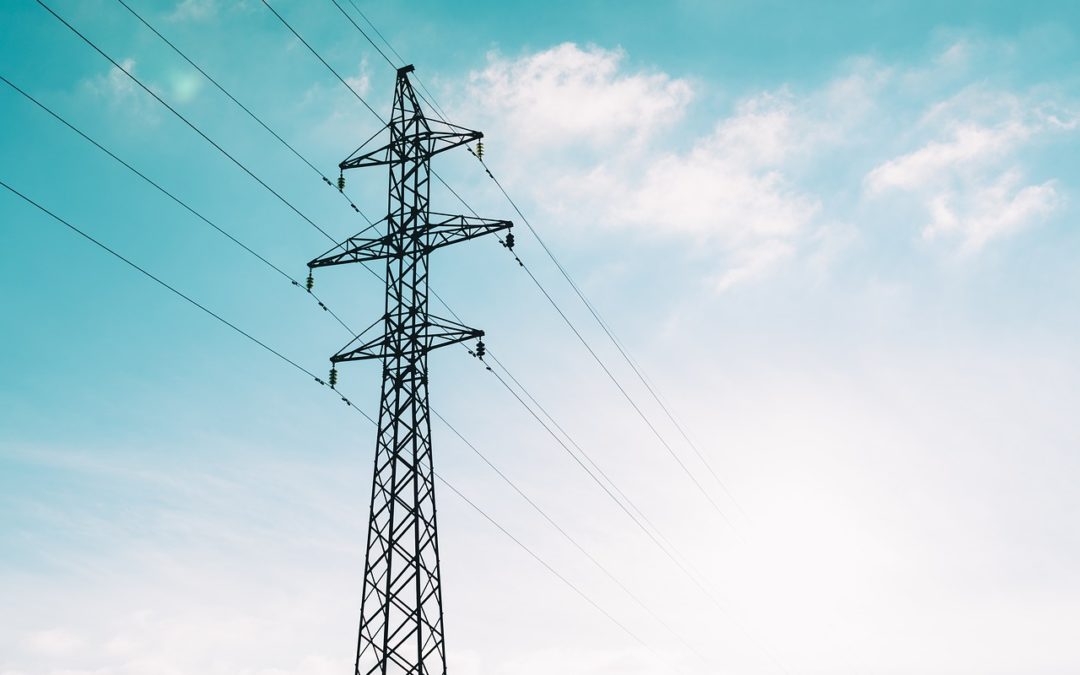The major electrical failure that happened in early 2020 in many parts of Texas was traumatic for those who lived through it and a learning experience for the rest of the country. The disaster left millions of households without power during a weather crisis where temperatures plunged to record lows.
After the incident, evaluation of the power grid and its shortcomings were more closely examined. This scrutiny brought to light a problem that has long been ignored: America’s aging electrical infrastructure. The Texas power grid failure was the culmination of two main issues: the grid was not designed to withstand such extreme temperatures and Texas’ power grid could only draw a limited amount of power from outside of the state. Here, we’ll examine what led to the Texas power grid failure and look at possible solutions to prevent a similar catastrophe from occurring in the future.
Underlying Issues That Contributed to the Failure
Aside from the major causes mentioned earlier, there were other underlying factors that contributed to Texas’ power grid failure. Most of the problem stemmed from the low temperatures that Texas was not ready to handle. However, the possibility of such a massive failure was predicted years earlier, as legislators in the state were made aware of issues during previous cold spells. In both 1989 and 2011, the low temperatures in the state triggered blackouts, and following both incidents state and federal level regulators recommended a widespread upgrade of the power grid. Those recommendations were largely ignored.
During these previous power failures, the problem was exacerbated because Texas operates its own electrical grid. By remaining disconnected from neighboring states’ power grids, Texas put its residents in a vulnerable position. During the power failure of 2020, the power supply was forced offline without any viable backup. Ignoring the advice of federal regulators allowed an inefficient system to continue operating.
Could This Happen Elsewhere?
What happened in Texas was extreme, but as weather patterns become more erratic, many people wonder if the same thing could happen somewhere else. The short answer is yes and no. Many other states are interconnected through regional power grids. These grids are more reliable than an isolated grid (like the one in Texas), but there are still some issues that make these regional grids vulnerable.
One of the most glaring reasons why power grid failures occur is due to a lack of planning. As with nearly anything else, power grids do not last forever. Failing to address an aging power grid is among the chief reasons that make such a disaster possible elsewhere. With regional power grids, the devastation would be even more widespread.
Preparation is critical for reducing the impact of weather events on the power grid. Reliability obviously declines as the system ages, so continual evaluation and upgrades are necessary.
The Future Depends on Planning
The Texas power crisis in early 2020 was a wake-up call for consumers, utility companies, and industry regulators. It exposed the sweeping problems that not only plague the Texas power grid, but also the entire country. To lessen the chances that something of this magnitude will happen again, there are some things that must be done.
First, the power grid’s transmission infrastructure must be upgraded sooner rather than later. These upgrades should ideally be informed by state and federal policies concerning energy delivery, as well as independent research.
Next, states must be willing to collaborate with utility providers to understand critical failure points and invest the necessary funds to make these upgrades possible. A reliable power grid is undeniably costly, but the long-term benefits cannot be understated.
And finally, states must carefully examine how cold weather can impact power delivery and make real changes to prevent future catastrophic failures. The voice of consumers must be heard, and utility providers must be held accountable for fixing the problem before it gets worse.
Conclusion
The takeaway from the 2020 Texas power grid failure is that it was avoidable. Ignoring the looming problems of the grid did not make them go away and, in fact, made the problem that much worse. Going forward, the focus must be on prevention. Implementing real solutions and following through on proposed infrastructure upgrades are key to avoiding another catastrophic power grid failure, both in Texas and throughout the United States. The lessons learned in Texas will hopefully serve as a wake-up call for the rest of the country and will spur lasting and meaningful change throughout the utility industry.

Recent Comments